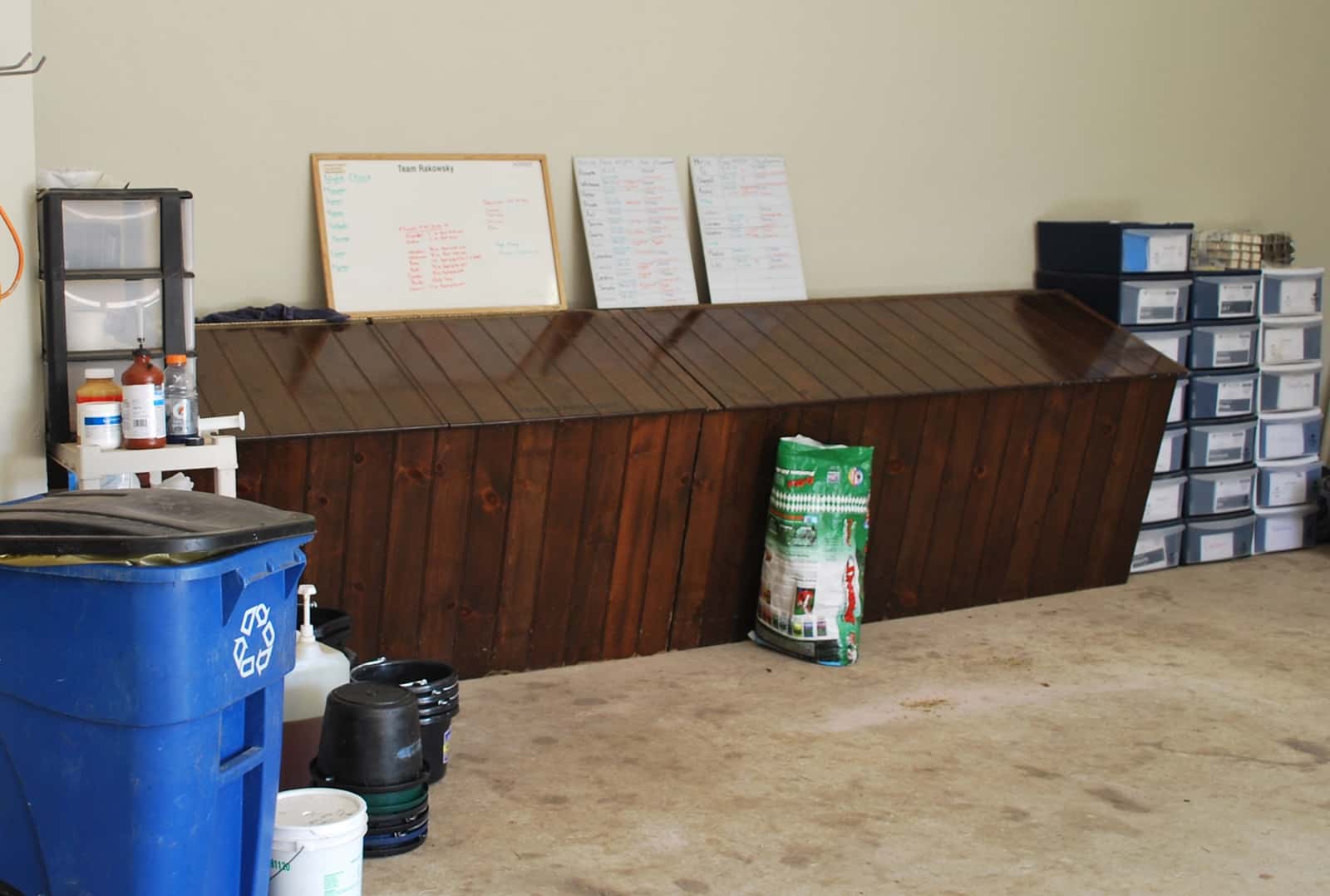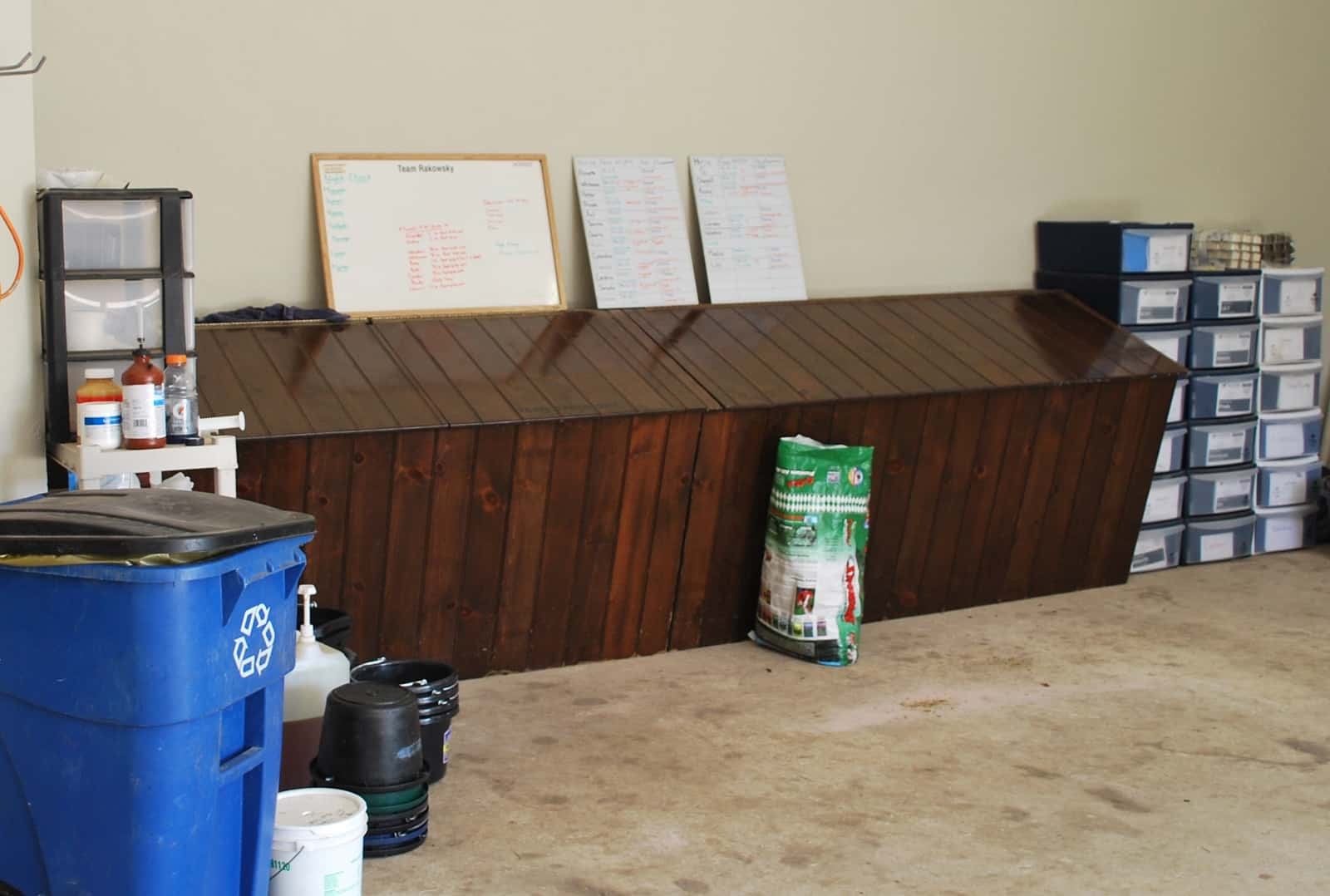Introduction
Horse feed storage is an essential aspect of horse care. Proper storage ensures that the feed remains fresh, nutritious, and free from contaminants. It also helps to prevent waste and keep pests away. Whether you own one horse or manage a large equestrian facility, implementing the right storage practices is crucial for maintaining the health and well-being of your equine companions.

Choosing the Right Storage Area
Selecting an appropriate storage area for horse feed is the first step towards ensuring its quality. Ideally, the storage area should be clean, dry, well-ventilated, and away from direct sunlight. It should also be inaccessible to rodents and other pests. Consider using a dedicated feed room or airtight containers to maximize freshness and minimize the risk of spoilage.

Types of Horse Feed Containers
There are various options available when it comes to horse feed containers. Some popular choices include metal bins, plastic bins, and wooden bins. Metal bins are durable and resistant to pests but can be expensive. Plastic bins are lightweight, affordable, and easy to clean. Wooden bins provide a rustic charm but may not be as secure against pests. Choose a container that suits your needs and budget while ensuring it keeps the feed safe and fresh.

Proper Feed Handling
Handling horse feed correctly is vital to maintain its nutritional value and prevent contamination. Always wash your hands before handling feed and use clean utensils to scoop it. Avoid mixing different types of feed in the same container, as this can lead to spoilage or nutrient imbalances. Additionally, regularly inspect the feed for signs of mold, insects, or unusual odors, and discard any compromised batches immediately.
Storing Hay
Hay is a staple in a horse's diet, and proper storage is crucial to maintain its quality. Store hay in a dry, well-ventilated area to prevent mold growth. Elevated storage racks or pallets can help to keep the hay off the ground, reducing the risk of moisture absorption. It's also essential to regularly inspect the hay for signs of dampness, mold, or dust, as these can affect your horse's respiratory health.

Preventing Pest Infestation
Pests such as rodents and insects are attracted to horse feed and can contaminate it with their droppings or cause spoilage. To prevent infestations, ensure that the storage area is tightly sealed, without any gaps or openings. Use gnaw-proof containers and consider placing traps or using natural deterrents like peppermint oil or cedar chips. Regularly clean the storage area to remove any spilled feed or debris that may attract pests.

Managing Feed Rotation
Implementing a proper feed rotation system is crucial to ensure that the oldest feed is used first, reducing the risk of spoilage. Label each container with the purchase or storage date to track the freshness of the feed. Use the oldest feed first and avoid stockpiling large quantities that may go unused for an extended period. Regularly inspect and clean the containers to prevent the accumulation of mold or contaminants.
Conclusion
Proper horse feed storage is essential for maintaining the quality and freshness of the feed, as well as ensuring the health and well-being of your horses. By choosing the right storage area, using appropriate containers, handling feed correctly, storing hay properly, preventing pest infestation, and managing feed rotation, you can create a safe and efficient storage system. Remember to regularly inspect and clean the storage area and containers to prevent any issues. With these practices in place, you can provide your horses with the best nutrition while minimizing waste and potential health risks.